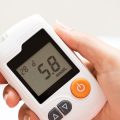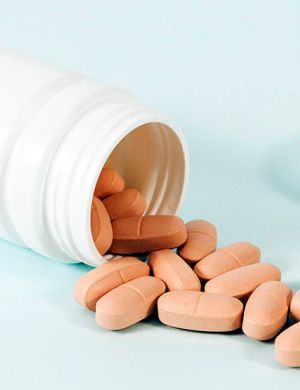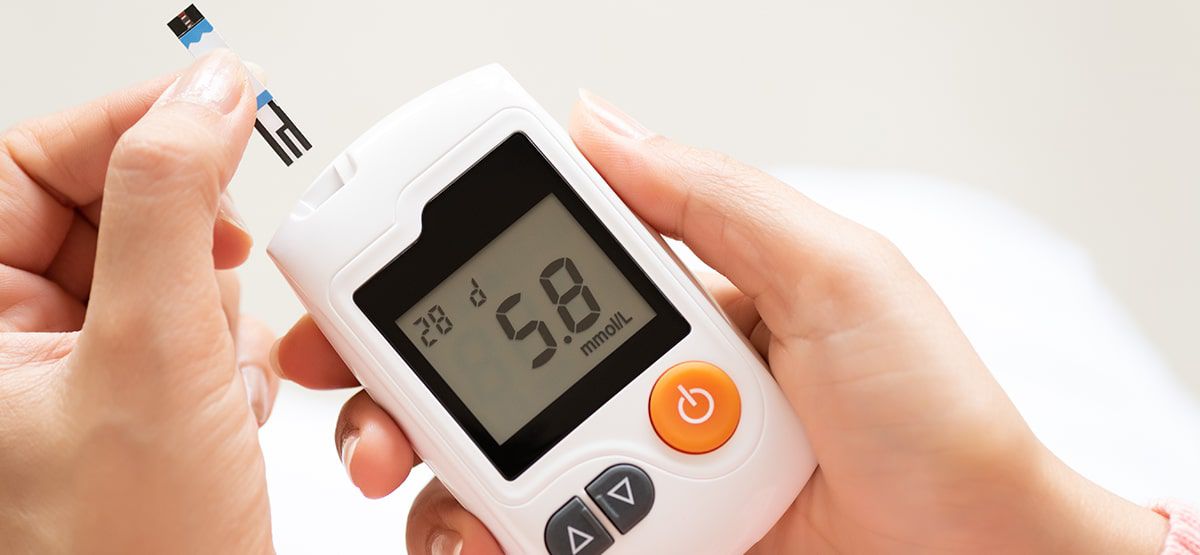
Medical Devices – Europe, Asia and ROW Regulatory News – July 2025
BRAZIL
Brazil Implements UDI Labeling for Class IV Medical Devices
In July, Anvisa marks significant progress in the implementation of Unique Device Identification (UDI) in Brazil, requiring all risk class IV medical devices manufactured from July 10th to display a UDI code on their labels. To support this initiative, Anvisa issued Circular Letter 2/2025 to guide its units and the National Health Surveillance System (SNVS), also sharing it with medical device market associations. Furthermore, Anvisa announced the completion of the Unique Device Identification System (Siud), the Brazilian UDI database, at an event on June 30th, where it is currently undergoing final testing, with instructional documentation available online. While the Siud User Manual is in pre-release, the system will officially launch once the Normative Instruction from Public Consultation 1,313/2025 is published, as per the Collegiate Board Resolution (RDC) 591/2021.
FINLAND
Guidance on: Software as a medical device
On July 1, 2025, EU expert groups issued new guidelines to clarify the joint application of the Artificial Intelligence Regulation (EU) 2024/1689 and the Medical Device Regulations (MDR (EU) 2017/745 and IVDR (EU) 2017/746), specifically addressing software classified as medical devices. The guidelines provide definitions for classification, outline compliance requirements for AI algorithms, and emphasize ethical considerations such as transparency and bias mitigation. By harmonizing these regulations, the guidelines aim to streamline processes for manufacturers, support innovation in AI-driven medical solutions, and ensure high standards of safety and efficacy in healthcare technologies.
FRANCE
Joint declaration to improve EU medical device regulation.
On July 23, 2025, competent authorities from several EU Member States, including the ANSM, approved a joint declaration aimed at reforming the European regulatory framework for medical devices. This consensus statement, directed to the European Commission, emphasizes the urgent need to enhance governance and coordination within the regulatory system, highlighting the importance of a cohesive approach to ensure the safety, effectiveness, and timely approval of medical devices across the EU. The declaration seeks to address existing challenges in the regulatory process and promote a more efficient system that can adapt to evolving technologies and market demands.
IRELAND
Reform of EU Medical Device Regulatory Framework: CAMD Consensus Statement
The Heads of Competent Authorities for Medical Devices (CAMD) released a consensus statement advocating for the reform of the EU regulatory framework for medical devices, emphasizing the need for enhanced safety, effectiveness, and oversight. This statement outlines key areas for improvement, including streamlined processes for market access, increased transparency in regulatory decisions, and stronger post-market surveillance mechanisms. It highlights the importance of collaboration among stakeholders to address challenges posed by technological advancements and to ensure that regulations keep pace with innovation while maintaining high standards for patient safety and device efficacy.
JAPAN
Pharmaceutical and Medical Device Safety Information
Pharmaceutical and Medical Device Safety Information (No. 418) provides critical updates on the safety monitoring of pharmaceuticals and medical devices, aimed at informing stakeholders about new safety information, emerging risks, and regulatory changes. This report typically includes safety alerts regarding adverse events or concerns related to specific products, updates on regulatory requirements for manufacturers regarding safety reporting and post-market surveillance, and recommendations for risk management strategies. Additionally, it presents data analysis to identify trends in adverse events, along with guidance for healthcare providers to enhance patient care based on the latest safety data. For comprehensive details, direct reference to the document is recommended, as it contains precise information pertinent to stakeholders in these sectors.
Checklist for Certification of Designated Highly Controlled Medical Devices
The PMDA published a checklist based on the “Existing Notification” framework to support applications for certification of Designated Highly Controlled Medical Devices, including Software as a Medical Device (SaMD). The checklist outlines key review points and necessary evaluation items to help applicants streamline document preparation and enable reviewers to assess submissions efficiently. This initiative, launched in collaboration with industry stakeholders, is part of Japan’s broader effort to promote cutting-edge device innovation and enhance review transparency. These review standards are grounded in current scientific knowledge and will be revised periodically in line with technological progress.
SINGAPORE
Guidance on: Risk Classification of SaMD and Qualification of Clinical Decision Support Software (CDSS)
Singapore’s Health Sciences Authority (HSA) released updated guidelines concerning the risk classification of Software as a Medical Device (SaMD) and the qualification of Clinical Decision Support Software (CDSS). This update aims to align local terminology with international standards, enhancing clarity and consistency in the regulation of these technologies. Key aspects include a clearer framework for determining the risk levels associated with SaMD, which is crucial for ensuring patient safety and appropriate regulatory oversight. Additionally, the guidelines specify criteria for qualifying CDSS, emphasizing their effectiveness and safety in clinical settings.
GN-21 Guidance Update on Change Notification
Singapore’s Health Sciences Authority (HSA) updated GN-21, the key guidance on Change Notification for registered medical devices. The revision expands the list of changes that do not require prior notification, including specific labelling changes related to indications for use, warnings, and adverse events. A new change type (6E) has been introduced for submitting Unique Device Identification (UDI) data, and the requirement to submit marketing history for model additions under change type 6Ai has been removed. Most notably, Class A medical devices will no longer require a Change Notification application. These updates aim to streamline regulatory submissions and reduce unnecessary administrative burden for manufacturers.
SPAIN
Documents for the implementation of the new regulations on medical devices
Recent regulatory updates in Spain regarding medical devices are significantly influenced by the EU’s Medical Device Regulation (MDR) and In-Vitro Diagnostic Regulation (IVDR), with the Medical Device Coordination Group (MDCG) providing essential guidance. Spain is aligning its national legislation with these regulations, emphasizing stakeholder engagement to ensure compliance and a smooth transition. Key changes include increased scrutiny for device approval, stricter post-market surveillance requirements, and the provision of training resources for industry stakeholders. These efforts aim to enhance the safety and efficacy of medical devices, ultimately improving patient protection and healthcare outcomes in the country.
UK
UK Government Aligns with EU Standards for High-Risk In-Vitro Diagnostic Devices
In a recent regulatory update, the UK government has announced plans to align its standards for high-risk in vitro diagnostic (IVD) devices with European specifications to streamline the regulatory process and reduce the burden on manufacturers. This alignment aims to establish clear standards for high-risk diagnostic tests, ensuring consistency with EU regulations post-Brexit. By adopting these specifications, the UK seeks to enhance the safety and efficacy of IVDs while facilitating market access for innovative diagnostic solutions, ultimately improving healthcare outcomes and maintaining a robust regulatory environment that supports public health.
Guidance on: Digital mental health technology for qualification and classification
Digital mental health technologies (DMHTs) encompass software and hardware designed to support mental health and wellbeing, with regulation focusing on two key characteristics: the intended purpose of the product (whether for general wellbeing or treatment of mental health conditions) and its functionality (how it operates and delivers applications). If a DMHT is intended for medical use and has complex functionalities, it must be regulated as software as a medical device (SaMD), requiring manufacturers to demonstrate safety and effectiveness per medical device regulations. A guidance document assists manufacturers in determining whether their DMHT qualifies as SaMD and helps classify it accordingly, with Class I representing low-risk devices that can be self-certified, while Classes IIa, IIb, and III correspond to higher-risk devices necessitating approval from a notified body for regulatory certification in the UK or Europe.
Guidance on: Standardised format for the periodic safety update report for medical devices
The recent regulatory updates regarding medical devices emphasize the importance of periodic safety update reports (PSURs) as a critical component in monitoring the ongoing safety and performance of medical devices post-market. Manufacturers are now guided to adopt a standardized format for PSURs, which facilitates a consistent approach to presenting safety data, risk assessments, and any necessary corrective actions. This standardization aims to enhance transparency and communication between manufacturers and regulatory authorities, ensuring that potential safety concerns are effectively addressed and that the benefits of medical devices continue to outweigh their risks throughout their lifecycle
Don’t miss out! Click here to stay in touch.
Categories
- Biopharma (58)
- Consumer Health (21)
- Cosmetics (11)
- Diagnostics (5)
- Digital Health (8)
- Food (2)
- Medical Device (112)
- OTC (5)
- Regulatory Intelligence (13)
- Standards (41)
Recent Blogs
Get the latest updates from Vistaar

Related Posts
CONNECT WITH US

Let's talk about how Vistaar can help you




